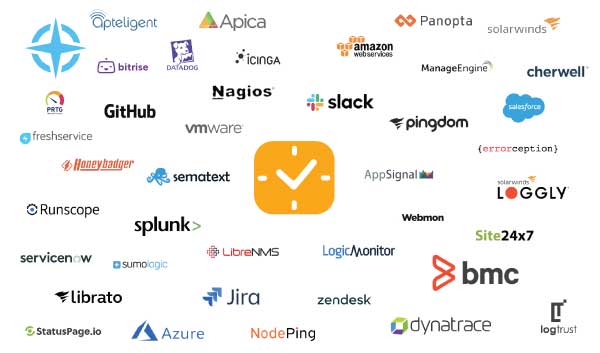Has your organization been targeted for consumers’ personal information during a data breach? If so, you are not alone. eBay, JP Morgan Chase and many other globally recognized brands have suffered data breaches over the years. Yet some of the brands failed to plan ahead and did not know how to response following these incidents.
Costs of data breaches are rising. If your organization takes a “wait-and-see” approach to data breaches, the consequences could be dire.
A data breach may cause brand reputation damage, revenue loss and other immediate and long-lasting problems. These issues may extend beyond an organization itself, too.
For instance, a data breach may expose customers’ credit card information and other sensitive information. Customers, meanwhile, are unlikely to do business with an organization that cannot keep its sensitive information safe. As a result, a data breach may cause an organization to lose customers.
Do You Need to Notify Your Customers After a Data Breach?
Transparency is key, particularly in today’s global marketplace. If an organization tries to “hide” a data breach, it is unlikely to succeed. In fact, once this breach is discovered, an organization will need to notify its customers so they can plan accordingly.
A proactive approach often provides one of the best options to notify customers after a data breach. An organization that keeps its customers up to date following a data breach can limit the risk of miscommunications or customer panic.
With the right alert tracking software in place, an organization can communicate with its customers like never before. This software ensures an organization can simultaneously notify customers and manage its service levels. It can even trigger notifications to people and systems and send reminders to incident owners at regular intervals as needed.
For organizations that are on the lookout for alert tracking software, it is crucial to choose software that includes workflow engines. That way, an organization has the flexibility to configure and manage its incident notifications however it chooses. An organization also can send notifications based on incident priority and severity levels for added convenience.
Clearly, there is a lot to like about alert tracking software. But organizations should constantly explore ways to stay ahead of potential issues that may lead to data breaches. Because if an organization can avoid putting customer data and other sensitive information in danger, it could reduce its data breach risks both now and in the future.







